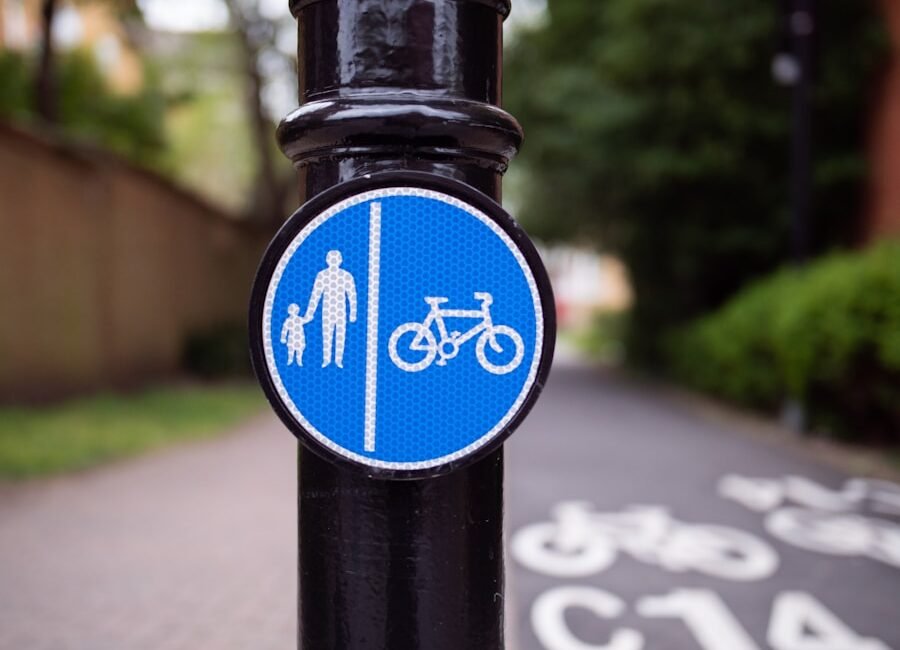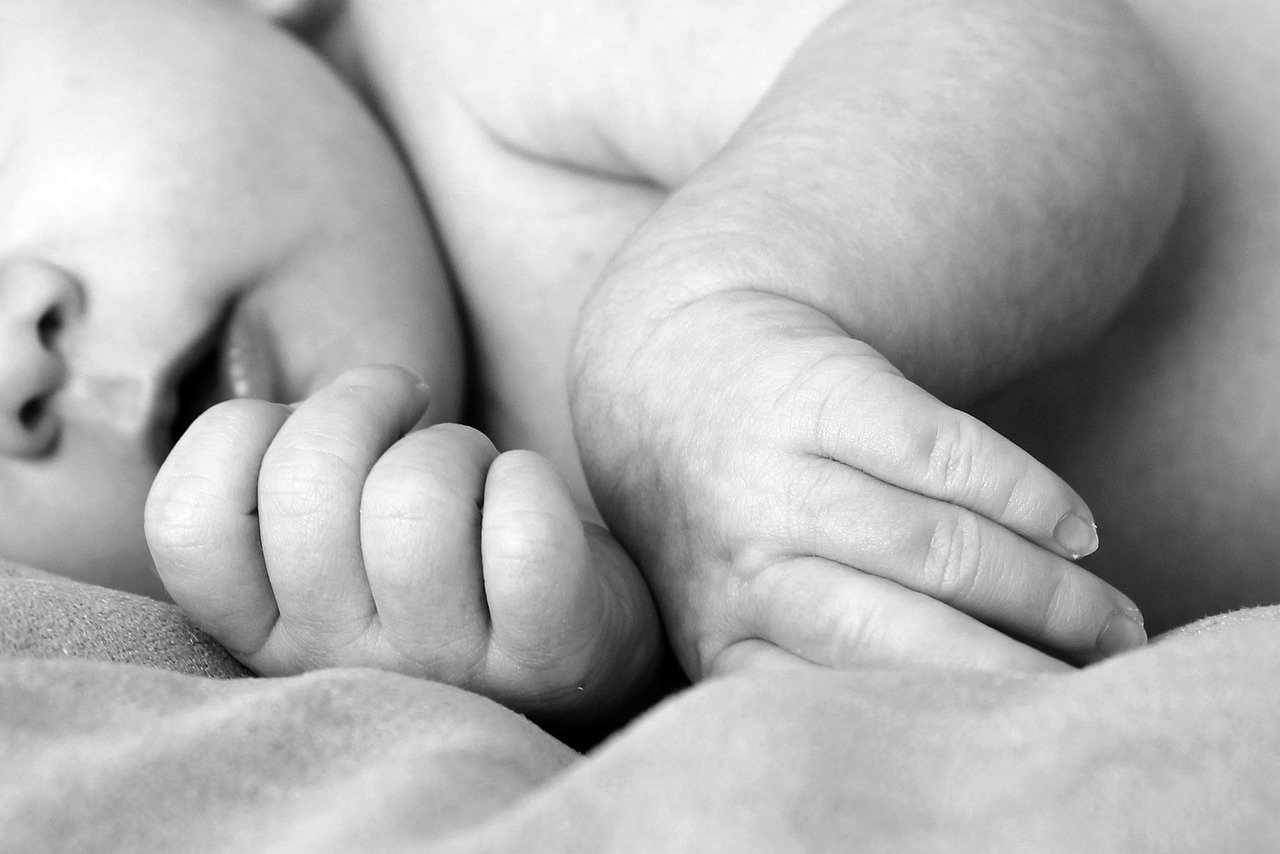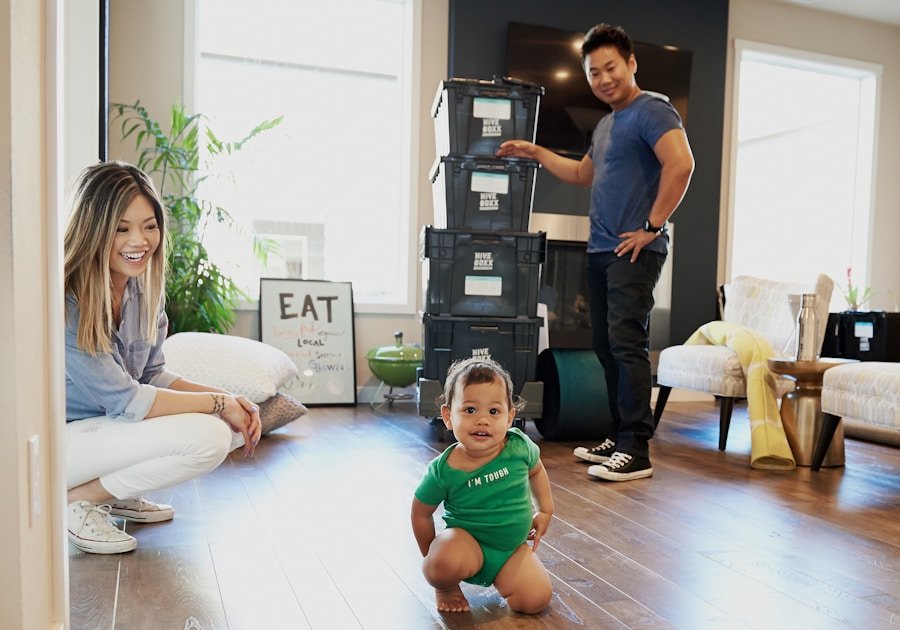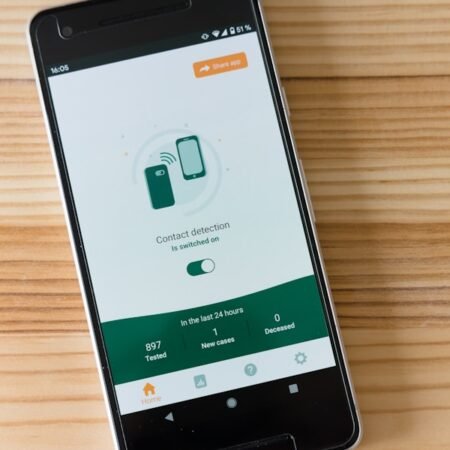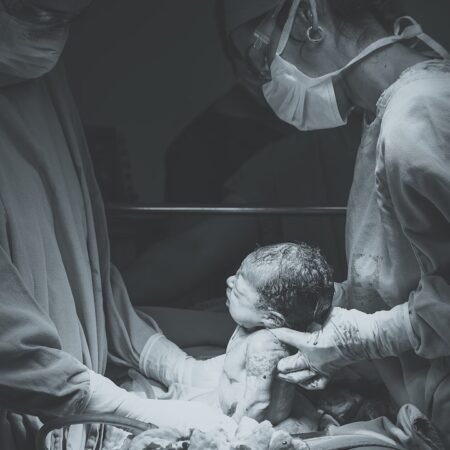When it comes to the safety of infants, there is no room for compromise. Baby gear safety ratings play a vital role in ensuring that the products used for babies are safe and reliable. These ratings provide essential information about the safety and performance of various baby gear items, including car seats, strollers, high chairs, and cribs.
By understanding and paying attention to these ratings, parents can make informed decisions when selecting baby gear, ultimately helping to protect their children from potential hazards. Baby gear safety ratings are crucial because they provide an objective measure of a product’s safety and quality. These ratings are typically based on rigorous testing and evaluation conducted by independent organizations, such as the Consumer Product Safety Commission (CPSC) and the Juvenile Products Manufacturers Association (JPMA).
By relying on these ratings, parents can have confidence that the products they choose for their babies have met certain safety standards and have been thoroughly tested for potential risks. This can provide peace of mind and reassurance that the baby gear being used is safe and reliable.
Key Takeaways
- Baby gear safety ratings are important for ensuring the safety of your child and should be carefully considered when purchasing baby gear.
- Safety ratings are determined through rigorous testing and evaluation of various factors such as durability, stability, and chemical content.
- There are different types of safety ratings for baby gear, including overall safety ratings, specific safety feature ratings, and chemical content ratings.
- When looking at safety ratings, parents should consider factors such as the age and size of their child, as well as the specific features and materials of the baby gear.
- Common misconceptions about safety ratings include assuming that all baby gear is safe and that higher price means higher safety, but it’s important to do thorough research and check safety ratings before making a purchase.
How Baby Gear Safety Ratings are Determined
Baby gear safety ratings are crucial in ensuring the well-being of infants and young children. These ratings are determined through a variety of testing methods and evaluation criteria that assess the safety and quality of baby gear products.
Factors Affecting Safety Ratings
The safety ratings of baby gear products are typically based on factors such as crash test performance, durability, stability, and overall safety features. For instance, car seats are rated based on their ability to protect a child in the event of a crash, while cribs are evaluated for their structural integrity and resistance to potential hazards like entrapment or suffocation.
The Testing and Evaluation Process
Independent organizations conduct thorough testing and evaluation of baby gear products to determine their safety ratings. This involves subjecting the products to simulated crash tests, durability tests, and other assessments to ensure they meet certain safety standards. Additionally, these organizations consider feedback from consumers and industry experts to further evaluate the safety and performance of baby gear products.
The Significance of Safety Ratings
By relying on comprehensive testing methods and evaluation criteria, safety ratings provide valuable insights into the overall safety and quality of baby gear products. This helps parents and caregivers make informed decisions when selecting baby gear products, ultimately contributing to a safer environment for their children.
Understanding Different Types of Baby Gear Safety Ratings
There are several different types of safety ratings that parents should be aware of when choosing baby gear. One of the most common types of safety ratings is the JPMA certification, which is awarded to products that meet certain safety standards set by the Juvenile Products Manufacturers Association. This certification indicates that a product has been independently tested and evaluated for safety and performance, providing parents with confidence in its reliability.
In addition to JPMA certification, parents should also look for safety ratings from organizations such as the CPSC and the National Highway Traffic Safety Administration (NHTSA). These organizations conduct rigorous testing and evaluation of baby gear products, providing valuable insights into their safety and performance. For example, car seats are often rated by the NHTSA based on their ability to protect a child in the event of a crash, while cribs are evaluated by the CPSC for their compliance with safety standards to prevent hazards such as entrapment or suffocation.
By understanding the different types of safety ratings available, parents can make informed decisions when choosing baby gear for their little ones.
What to Look for in Baby Gear Safety Ratings
| Product | Safety Rating | User Reviews |
|---|---|---|
| Car Seat A | 5 stars | 4.8 |
| Stroller B | 4 stars | 4.5 |
| High Chair C | 3 stars | 4.0 |
When evaluating baby gear safety ratings, there are several key factors that parents should consider. One important factor to look for is the specific safety standards that a product has been tested against. For example, car seats should meet certain federal safety standards set by the NHTSA, while cribs should comply with safety regulations established by the CPSBy ensuring that a product meets these specific safety standards, parents can have confidence in its overall safety and reliability.
Another important factor to consider when evaluating safety ratings is the testing methods and evaluation criteria used to determine a product’s safety and performance. For example, car seats are often rated based on their ability to protect a child in various crash scenarios, while strollers may be evaluated for their stability and maneuverability. By understanding the specific testing methods and evaluation criteria used for different types of baby gear, parents can make informed decisions when choosing products for their little ones.
Common Misconceptions about Baby Gear Safety Ratings
Despite the importance of baby gear safety ratings, there are several common misconceptions that parents should be aware of. One common misconception is that all baby gear products on the market have been thoroughly tested and evaluated for safety. In reality, not all baby gear products undergo rigorous testing and evaluation by independent organizations.
This is why it is important for parents to look for products that have been certified by reputable organizations such as the JPMA, CPSC, and NHTSA. Another common misconception is that all baby gear products with high price tags are inherently safer and more reliable than lower-priced options. While it is true that some higher-priced baby gear products may offer additional features or enhanced safety measures, price alone is not always an indicator of a product’s safety and reliability.
It is important for parents to carefully evaluate safety ratings and consider factors such as specific safety standards and testing methods when choosing baby gear for their little ones.
Tips for Choosing Safe Baby Gear
Research and Compare
First and foremost, it is important to research and compare different products before making a purchase. This may involve reading reviews, consulting with other parents, and checking for safety ratings from reputable organizations. By taking the time to research and compare different options, parents can make informed decisions when choosing baby gear for their little ones.
Read Product Labels and Instructions
Another important tip for choosing safe baby gear is to carefully read product labels and instructions. This can provide valuable information about a product’s safety features, recommended use, and maintenance requirements.
Consider Key Factors
Additionally, parents should also consider factors such as the product’s weight limits, age recommendations, and compatibility with other baby gear items. By carefully reviewing product labels and instructions, parents can ensure that they are choosing safe and appropriate baby gear for their little ones.
Resources for Checking Baby Gear Safety Ratings
Fortunately, there are several resources available to help parents check baby gear safety ratings. One valuable resource is the website of the Juvenile Products Manufacturers Association (JPMA), which provides information about certified products and safety standards. Additionally, parents can also visit the websites of organizations such as the Consumer Product Safety Commission (CPSC) and the National Highway Traffic Safety Administration (NHTSA) to access safety ratings for various types of baby gear.
In addition to these resources, parents can also consult with pediatricians, child safety experts, and other parents for recommendations and insights into safe baby gear options. By leveraging these resources and seeking out expert advice, parents can make informed decisions when choosing baby gear for their little ones. Ultimately, by staying informed about baby gear safety ratings and taking proactive measures to choose safe products, parents can help ensure the safety and well-being of their precious little ones.
FAQs
What are baby gear safety ratings?
Baby gear safety ratings are a way to evaluate the safety of products such as car seats, strollers, high chairs, and cribs. These ratings are typically based on testing and evaluation of factors such as crash protection, structural integrity, and chemical safety.
How are baby gear safety ratings determined?
Baby gear safety ratings are determined through a combination of testing, evaluation, and standards set by organizations such as the Consumer Product Safety Commission (CPSC) and the Juvenile Products Manufacturers Association (JPMA). Products are tested for factors such as impact resistance, stability, and chemical content.
What do baby gear safety ratings indicate?
Baby gear safety ratings indicate the level of safety and quality of a product. Higher ratings typically mean that a product has undergone rigorous testing and meets or exceeds safety standards. Parents can use these ratings to make informed decisions about which products to purchase for their children.
Why are baby gear safety ratings important for parents to consider?
Baby gear safety ratings are important for parents to consider because they provide valuable information about the safety and quality of products that are essential for their child’s well-being. By choosing products with higher safety ratings, parents can have peace of mind knowing that they are providing their child with the best possible protection.
Where can parents find baby gear safety ratings?
Parents can find baby gear safety ratings from various sources, including the CPSC, JPMA, and independent consumer organizations such as Consumer Reports. These ratings are often available online and in product reviews, making it easy for parents to access and compare safety information before making a purchase.



